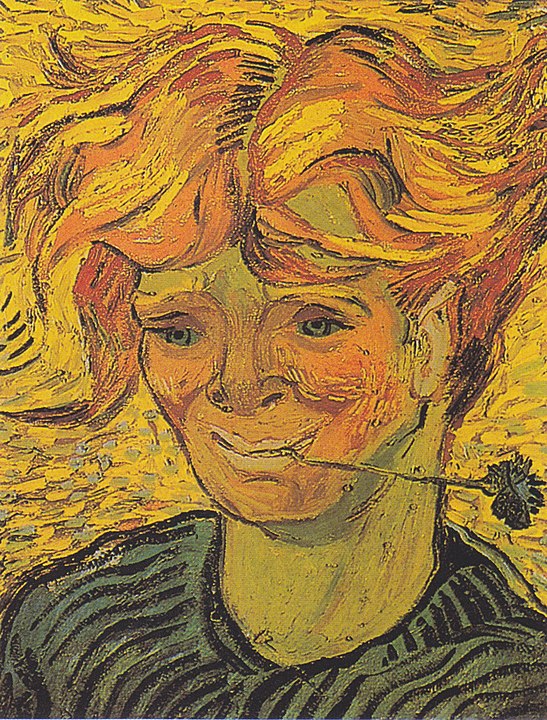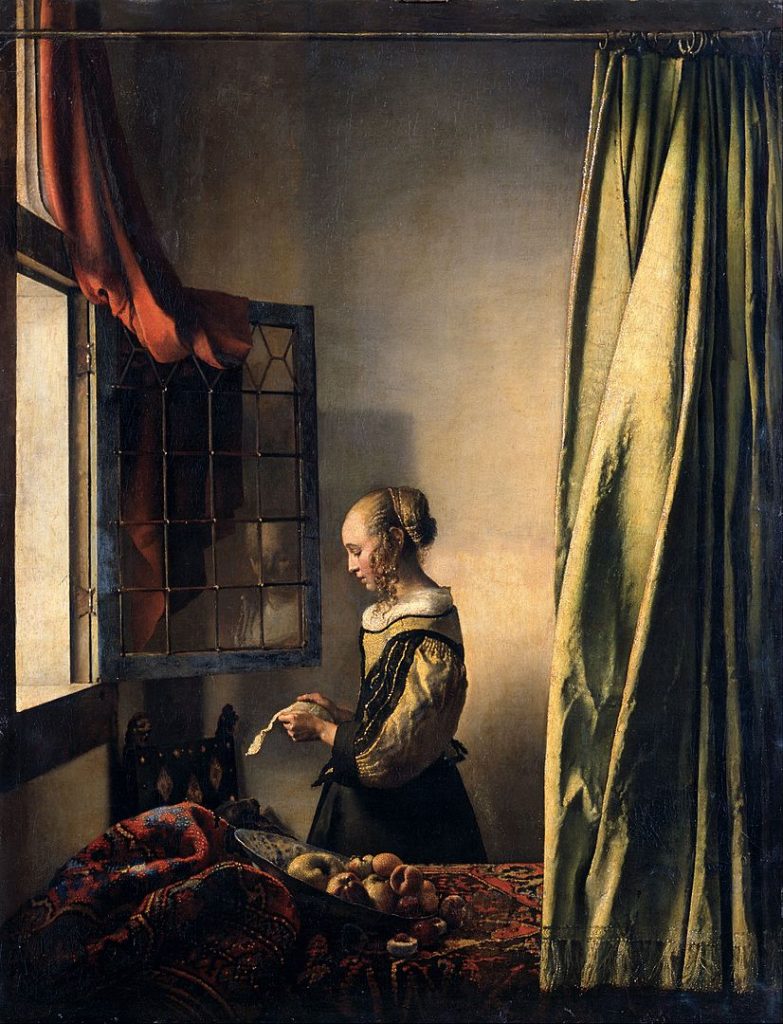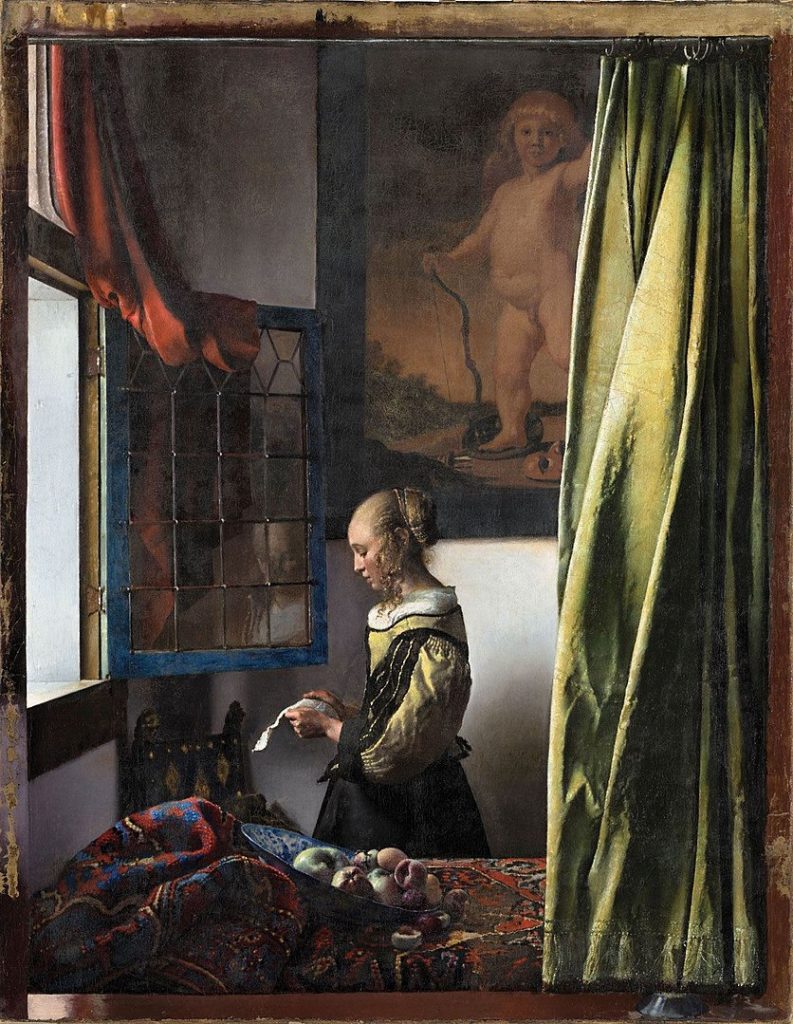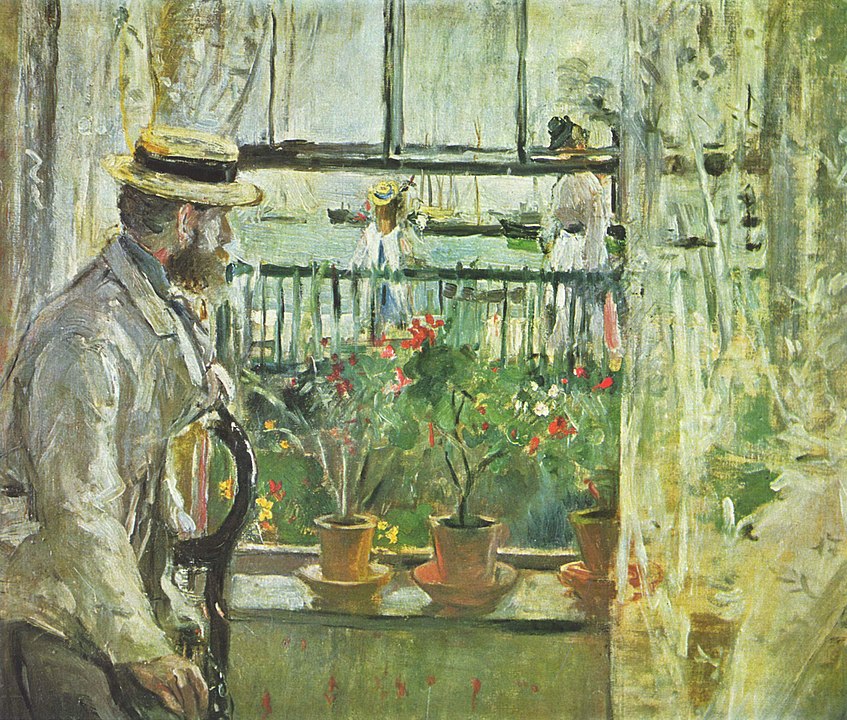“Musee des Beaux Arts” – W. H. Auden (1938)
A subscription is probably required to access this interactive tour de force at The New York Times, but it is such a remarkably timely piece that I feel inclined to make mention of it here.
Elisa Gabbert does her own close reading and analysis for the Time’s “Close Reading” series of W.H. Auden’s 1938 poem “Musee des Beaux Arts“, an ekphrasis which is in turn, if not an analysis, the poet’s own particular appreciation of two narrative paintings from Pieter Bruegel the Elder. Firstly, The census at Bethlehem (1566) and then Landscape with The Fall of Icarus (1555). An appreciation of an appreciation if you will.

Or, in respect to the Icarus painting, even a couple more iterations of appreciations. For Bruegel also looks elsewhere for inspiration; finding it in the Roman poet Ovid’s Metamorphoses – itself an inspired narrative work with mythological and historical elements. Bruegel arranges his scene as Ovid does (compare just a few lines and the painting below); but he has the spectacular event met with indifference rather than astonishment. As if a boy falls from the heavens every day. Or was Bruegel inserting a temporal dimension suggesting that, in any precise moment, a lapse in attentiveness, a diversion, may mean that something is missed? And that something could be a boy falling from the sky or something much more real – like the darkening clouds of war for instance. (Like everywhere else in Europe, the low countries were permanently engulfed in one conflict or other during Bruegel’s lifetime.)
Beneath their flight, the fisherman while casting his long rod, or the tired shepherd leaning on his crook, or the rough plowman as he raised his eyes, astonished might observe them on the wing, and worship them as Gods. - Ovid's Metamorphoses (Book VIII) Eng. trans. Brooks More, 1922.

As Gabbert points out, neither the painting nor Auden’s poem overtly signal approaching disaster let alone impending war, yet dangers are lurking in both. In the painting, Icarus has indeed fallen; his flaying legs barely noticed by a folk going about their business or just not caring, nor by the viewer eagerly progressing from one master work to the next, not seeing what Auden saw. After all, unprompted, human nature will have it that we see what we want to see – or we don’t see at all.
Looking eastward from Germany in these day, one can see the result of a political culture that was too concerned with economic interests and chose to look away for too long.





